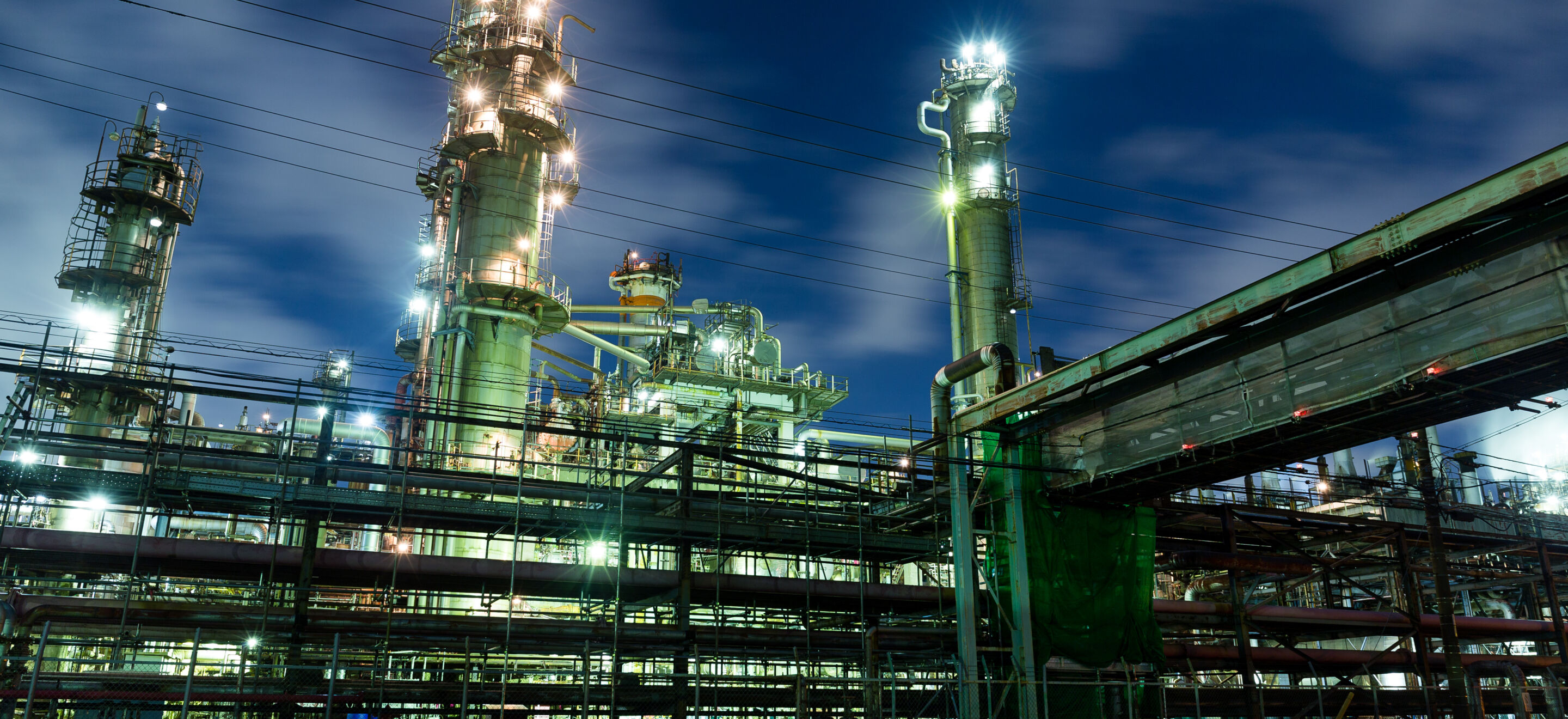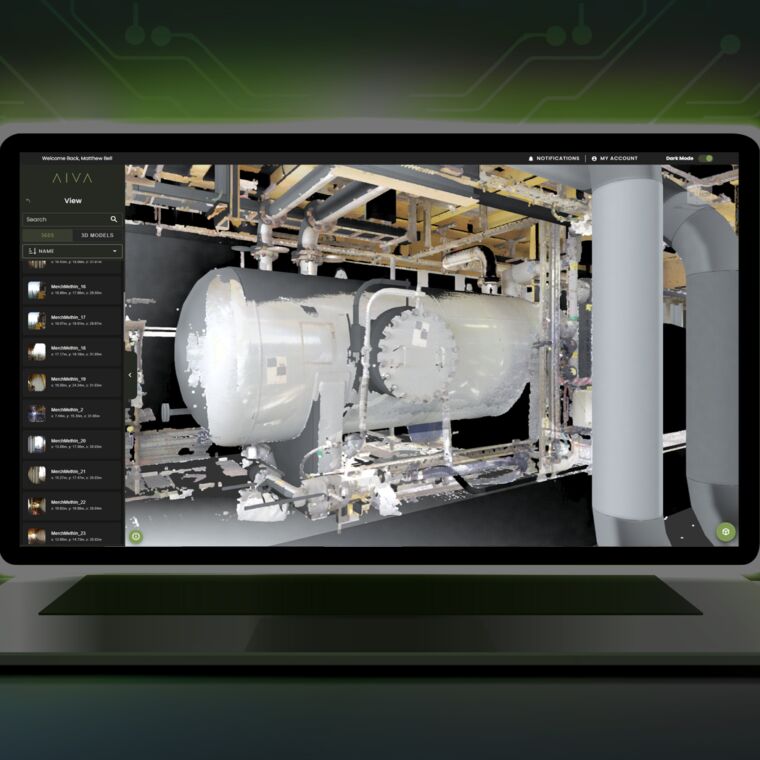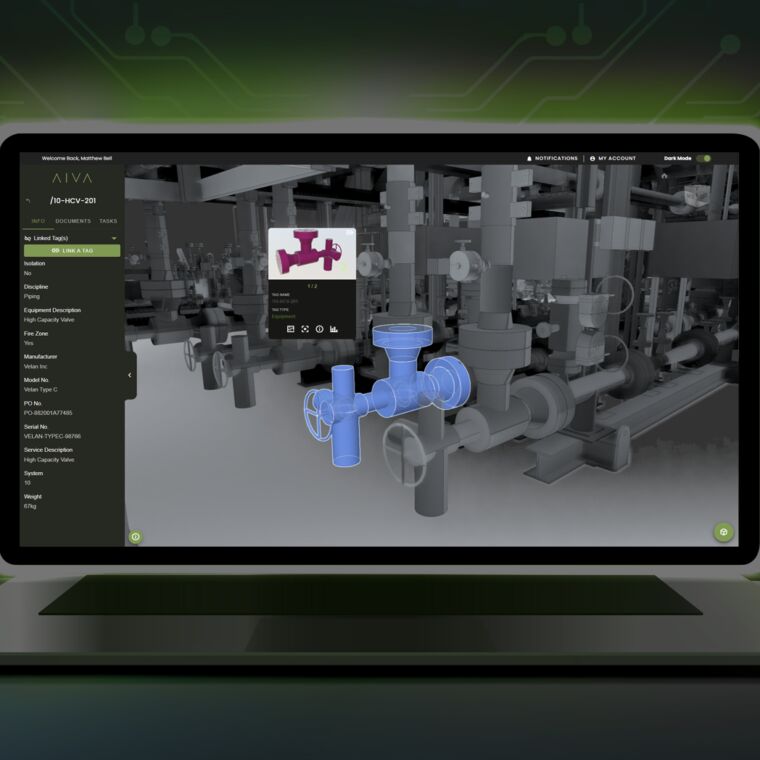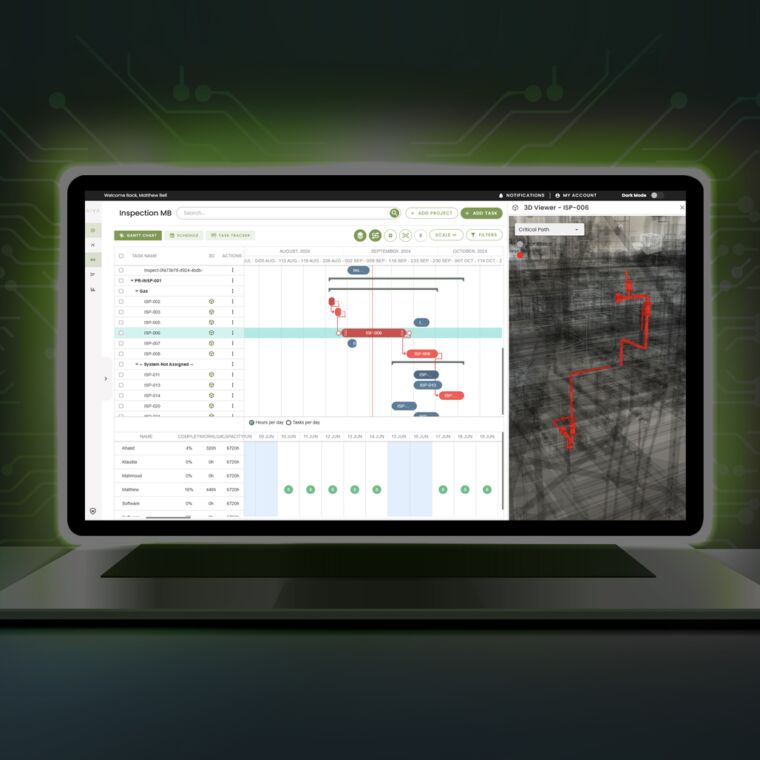
January 2025
Revolutionising Facility Management - Why Energy and Renewables Must Go Digital!
Revolutionising Facility Management - Why Energy and Renewables Must Go Digital!
Facility management is undergoing a seismic shift, especially in high-stakes industries like energy and renewables. With the complexity of these facilities and the ever-increasing need for safety and compliance, can traditional methods keep up? How can organisations ensure they’re not just meeting today’s demands but preparing for the challenges of tomorrow?
At the forefront of this transformation is the adoption of AI-powered virtual twin platforms, offering multiple use cases to drive efficiency. These platforms, equipped with integrated planning, scheduling, and tracking systems, leverage AI to optimize workflows, enhance decision-making, and improve transparency across the business.
But why is this transformation necessary? And what opportunities could your organisation unlock by embracing this digital revolution? The energy and renewables industries are under immense pressure to optimise processes, ensure compliance, and enhance sustainability. Relying on outdated, manual processes is no longer an option for organisations aiming to stay competitive.
The Evolution of Facility Management
The role of facility management has shifted significantly over the years. Once focused on basic maintenance and operations, it now plays a strategic role in asset integrity, safety, and compliance.
In the past, facility managers responded to issues reactively. Now, with the rise of digital tools, they can proactively plan, monitor, and optimize every aspect of operations. AI and machine learning (ML) have further accelerated this evolution, enabling predictive maintenance, automated data analysis, and intelligent decision-making. Integrated platforms bring together engineering, construction, and facility management into a single source of truth, ensuring stakeholders have real-time access to consistent and actionable data.
This transformation has redefined what it means to manage complex facilities in industries like energy and renewables, where AI and ML-driven insights enhance efficiency, reduce downtime, and improve long-term asset performance.
Why Integrated 3D Planning and Scheduling Platforms Are Game-Changers
How do you currently ensure operational efficiency, minimise downtime, and meet stringent safety standards? Are you relying on outdated methods that create more work than they solve?
Integrated platforms with 3D planning and scheduling capabilities are paving the way for smarter, more efficient facility management. These tools provide a centralised approach to managing operations, unlocking new efficiencies across various stages of the facility lifecycle:
Key Use Cases
- Engineering and Construction - Are delays, cost overruns, and workflow clashes holding your projects back?
With digital solutions, you can visualise project progress, resolve potential clashes, and optimise workflows during the design and construction phases. Schedules can be aligned with budgets and resources, helping to minimise delays and cost overruns. - Maintenance and Operations - How much downtime could you avoid if your maintenance was predictive rather than reactive?
Real-time monitoring of assets enables predictive maintenance, reducing downtime and extending the lifecycle of critical infrastructure. Integrated schedules ensure maintenance activities are coordinated with operational needs, minimising disruptions. - Regulatory Compliance and Safety - Do you have complete confidence in your facility’s ability to pass audits or meet evolving safety standards?
Digital platforms provide detailed records, real-time visualisations, and documentation to support audits and inspections with ease. - Decommissioning and Lifecycle Management - Is your facility prepared for safe and efficient decommissioning when the time comes?
Integrated platforms enable safe and efficient decommissioning. Historical data and 3D models offer valuable insights to guide planning and execution.
The Benefits of Digital Transformation
Adopting 3D platforms offers numerous advantages that go beyond just improving processes. For the energy and renewables industries, the benefits are clear:
- Enhanced Planning and Collaboration
With unified platforms, stakeholders access up-to-date information that improves communication and streamlines decision-making. - Improved Efficiency and Cost Savings
By integrating planning, scheduling, and operations, organisations can reduce redundancies, optimise resource allocation, and avoid unplanned downtime. - Increased Transparency and Reporting
Detailed analytics and real-time data provide stakeholders with a comprehensive view of operational performance, ensuring issues are identified and resolved quickly. - Support for Sustainability Goals
Advanced monitoring tools track energy usage and environmental impacts, helping facilities reduce their carbon footprints and align with sustainability targets.
Overcoming the Challenges of Digital Adoption
Despite its benefits, transitioning to digital solutions can feel daunting. Challenges like cultural resistance, data migration complexities, and selecting the right technology often stand in the way. However, with the right approach, these obstacles can be overcome.
Providing teams with proper training and support, involving stakeholders early in the process, and selecting a platform that integrates seamlessly with existing workflows can make the transition smoother. Digital transformation isn’t just about adopting new tools - it’s about changing mindsets and creating a culture that embraces innovation.
Best Practices for Digital Facility Management
How can you ensure your organisation gets the most out of digital transformation?
- Have you conducted a comprehensive needs assessment? Understanding your unique requirements is the first step.
- Are your stakeholders aligned? Involving everyone from the outset can prevent misunderstandings and build collaboration.
- Do your teams have the right skills? Equipping your staff with training and ongoing support ensures successful adoption.
- Are your systems fully integrated? A seamless connection between your existing workflows and new tools can eliminate unnecessary disruptions.
What the Future Holds
What does the future of facility management look like in the energy and renewables sectors? Could your organisation benefit from these emerging trends?
- AI and Predictive Analytics - Imagine being able to forecast issues before they happen and automate decisions to improve efficiency.
- IoT Integration - How would real-time monitoring from IoT devices transform your maintenance strategies?
- Mobile Access - What if you could manage your facility remotely, with critical data accessible from anywhere?
- Sustainability and Resilience - How can digital platforms help you achieve sustainability goals while future-proofing your facility?
How long can your organisation afford to wait before embracing digital transformation?
The energy and renewables industries are at a crossroads. As facilities grow more complex, traditional methods of management are no longer sufficient. Integrated 3D planning and scheduling platforms represent the future of facility management, enabling organisations to optimise operations, improve safety, and achieve sustainability goals.
The path to digital transformation requires careful planning, collaboration, and a willingness to embrace change. But the rewards are worth it: greater efficiency, lower costs, and the ability to stay ahead in a rapidly evolving industry.
Unlock your organisation’s potential, drive innovation, and lead the charge into the future of facility management by starting now.





